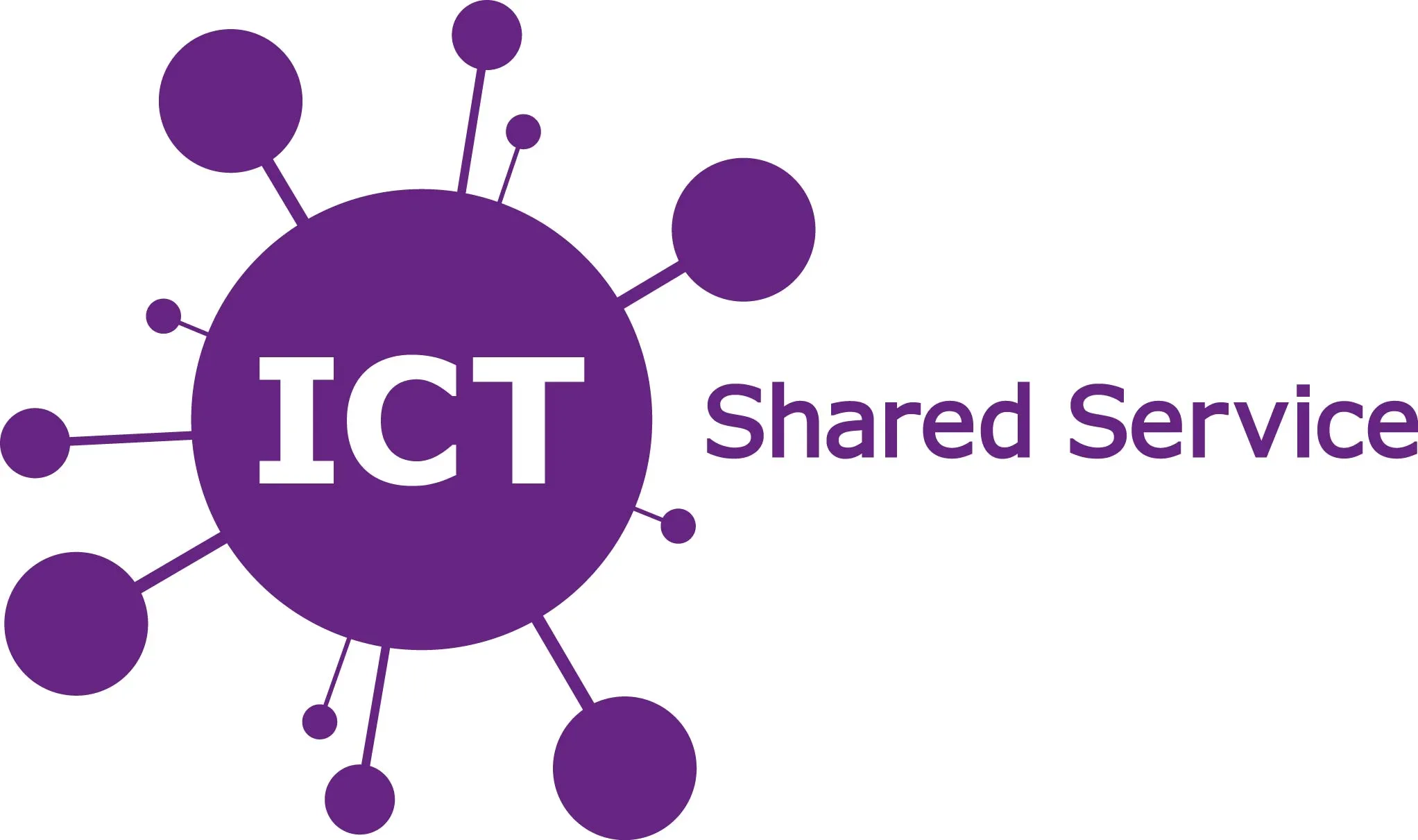Cambridgeshire and Bedfordshire fire and rescue services provide emergency response, prevention and protection services to almost 1.5 million people across two counties. As with many public sector organisations, they are encouraged to collaborate with similar bodies wherever possible to achieve best value. Sharing ICT Services enables them both to obtain economies of scale, drive down costs and enhance the infrastructure supporting a range of critical services.
Fire and rescue services together employing 1,200 staff
Emergency service provision for 1.5 million population
Shared ICT Services across the two fire and rescue services
The Challenge
A resilient, performant IT infrastructure lies at the heart of today’s emergency service delivery. IT infrastructure hosted by both fire and rescue services at separate sites was approaching the end of its useful life. Crucially, it was incapable of providing the robust Disaster Recovery (DR) / Failover capability and guaranteed availability required by a 24/7 Emergency Service.
Unable to rely on support or upgrades from the existing technology vendor, the ICT Shared Service had a support package from a third-party provider in place. Despite this, they understood that the current IT assets lacked the functionality needed to reliably deliver essential services going forward. The shared service recognised that to guarantee the enhanced resilience, availability and performance its operations demanded, major upgrades to the datacentre, network, storage and compute infrastructure were required.
Critical Success Factors
- Ensure resilient, secure, 24/7 access to ICT services
- Enhance disaster recovery capabilities
- Future-proof ICT functionality
The Solution
The in-house IT Team had a clear idea of what was needed to replace the ageing infrastructure.
“We saw this project as an opportunity to complete a transformation capable of improving functionality and future-proofing ICT provision for years to come,” said Mark Dix, ICT Shared Service Delivery Manager. “The project was put out to tender and Softcat’s bid won. It began investigating suitable technologies, designing a resilient system architecture and identifying the most cost-effective method of securing a robust, high-performing solution.”
The project began with a lengthy assessment, specification and design phase. It enabled Softcat to clearly understand the shared service’s operational needs and develop a fit-for-purpose solution. Softcat recommended two potential solutions capable of delivering synchronous replication and active-active storage configuration. It became apparent early on, however, that the existing network infrastructure couldn’t fully support the leading-edge flash-based storage and DR solutions the team wanted to implement.
Softcat recommended upgrading the datacentre network to ensure optimal performance, resilience and security. It would enable the shared service to implement its preferred Pure storage solution and transform ICT delivery through leveraging VMware’s High Availability features, Cisco switching and HPE server technologies.
Throughout the implementation, Softcat’s professional services team were on hand to assist with deployment, testing and migration of existing services on to the new platform. The project involved multiple site visits and close collaboration with the in-house IT team. “As with any project of this complexity, there were one or two issues, but any problems were sorted out really quickly. Softcat’s project management provided great support, all the documentation we needed and a comprehensive handover process to help the whole implementation run smoothly,” said Mark.
Solution Highlights
- Comprehensive assessment to understand business needs
- Identification and delivery of fit-for-purpose technologies, including Pure storage, VMware, Cisco switching and HPE servers
- Comprehensive project management, implementation and migration support
The Benefits
What began as a search for simply a hardware refresh has evolved into a transformative IT infrastructure implementation, delivering massive improvements in functionality, resilience and security. Softcat’s hands-on approach, deep industry knowledge and experience ensured the fire services shared ICT team secured the most performant solution possible within the available budget.
Once the solution was in place, Softcat assisted with the migration of essential data onto the new platform and carried out extensive testing to ensure optimal performance. It will also provide a package of support, upgrades and health checks throughout the solution’s lifecycle - effectively a one-stop-shop for all the ICT shared services support needs.
The future-proofed platform will provide all the functionality both fire and rescue services need, underpinned by 24/7 security and availability for the foreseeable future. The long-term viability of the solution will also deliver cost savings through minimising the need for further upgrades or significant investment over the next decade. “The existing system was no longer capable of handling the demands of a 21st Century emergency service,” said Mark. “We now have the latest versions of everything in place, DR capabilities are more robust, and the architecture delivers seamless interoperability between both sites.”
Benefits at a glance
- Transformed IT infrastructure
- Enhanced resilience, performance, availability and security
- Implementation and on-going operational support
Why Softcat?
Softcat’s portfolio of highly successful, value-for-money public sector IT infrastructure implementations drove the initial engagement with the shared service’s ICT team. From initial tender through to completion of the project, Softcat provided the deep industry knowledge and sectoral experience they needed to secure a future-proofed, highly efficient solution within the available budget.
“Softcat showed great ownership from the start and put in place people and resources to help the project run as smoothly as possible,” said Mark. “If any issues arose, they were quickly and pragmatically addressed and the industry knowledge it brought to the project was a critical enabler. It’s helped us create a truly resilient and secure platform that’s fit for the future and capable of supporting the response, prevention and protection activities that help to make our communities safer.”
